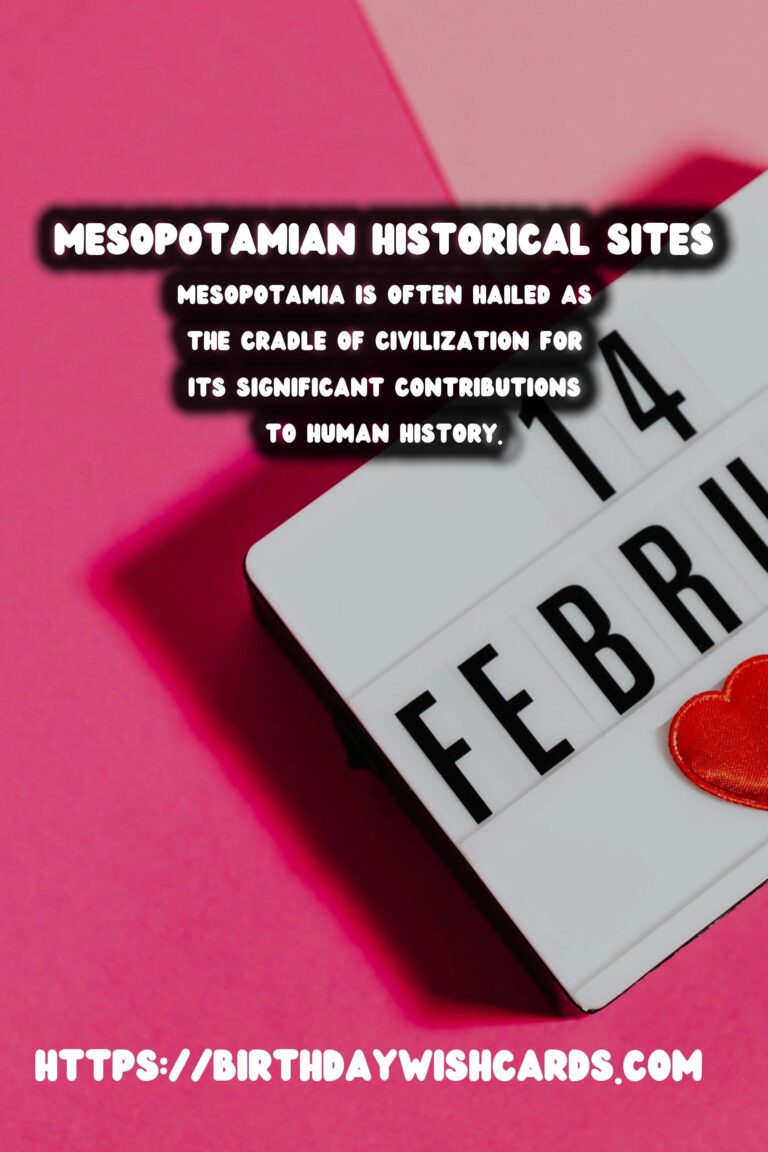
Mesopotamia, often hailed as the Cradle of Civilization, is the land where human history took prominent strides forward. Nestled between the mighty rivers of the Tigris and Euphrates, this region laid the groundwork for modern societies. For history enthusiasts and travelers alike, Mesopotamia offers a glimpse into ancient innovations and architectural wonders that have stood the test of time.
Mesopotamia’s Historical Significance
The term ‘Mesopotamia’ originates from the Greek words ‘meso,’ meaning middle, and ‘potamos,’ meaning river, aptly describing the region as the ‘land between rivers.’ The civilizations that flourished here, including the Sumerians, Akkadians, Babylonians, and Assyrians, contributed immensely to human advancements, including writing, astronomy, and law.
Key Historical Sites to Explore
When exploring Mesopotamia, several historical sites are not to be missed:
1. The Ancient City of Ur
Ur is one of the oldest cities in the world, located in present-day southern Iraq. It is renowned for its well-preserved Ziggurat, a massive step pyramid that served as a temple. This structure epitomizes the architectural brilliance of the Sumerians and reflects their religious practices.
2. Babylon: The City of Wonders
Babylon’s legendary Hanging Gardens and the Tower of Babel are steeped in myth and grandeur, capturing the imaginations of historians and scholars. The Ishtar Gate, with its stunning blue glazed bricks, remains a testament to Babylon’s opulence.
3. Nimrud: The Assyrian Empire’s Crown Jewel
Located in modern-day Iraq, Nimrud was the capital of the Assyrian Empire. This archaeological site is known for its colossal statues and reliefs that depict the might of the Assyrian civilization. The well-maintained ruins present a unique opportunity to delve into ancient Assyrian culture.
4. The Ruins of Nineveh
Once the largest city in the world, Nineveh’s ruins near the city of Mosul are a significant archaeological site. Ancient reliefs and the palace of King Sennacherib reveal much about Assyrian history and governance.
Mesopotamia’s Cultural Impact
Mesopotamian advancements are evident in contemporary legal codes, numerical systems, and literary works. The Code of Hammurabi is a primary source of modern legal structures, while the Epic of Gilgamesh remains one of the world’s oldest literary masterpieces.
Preservation Efforts and Challenges
The Mesopotamian historical sites face threats from war, neglect, and environmental factors. Efforts are ongoing to preserve these treasures, but challenges remain daunting. Various international organizations are working tirelessly to protect and restore the decaying structures for future generations.
In conclusion, Mesopotamia provides a rich tapestry of human history, offering insights into our ancestors’ ways of life. Exploring these historic sites allows one to walk in the footsteps of the ancient people who laid the foundations of modern society.
Mesopotamia is often hailed as the Cradle of Civilization for its significant contributions to human history. Evident through its archaeological sites, the region’s advancements in writing, law, and architecture remain influential today. 









#Mesopotamia #AncientCivilizations




